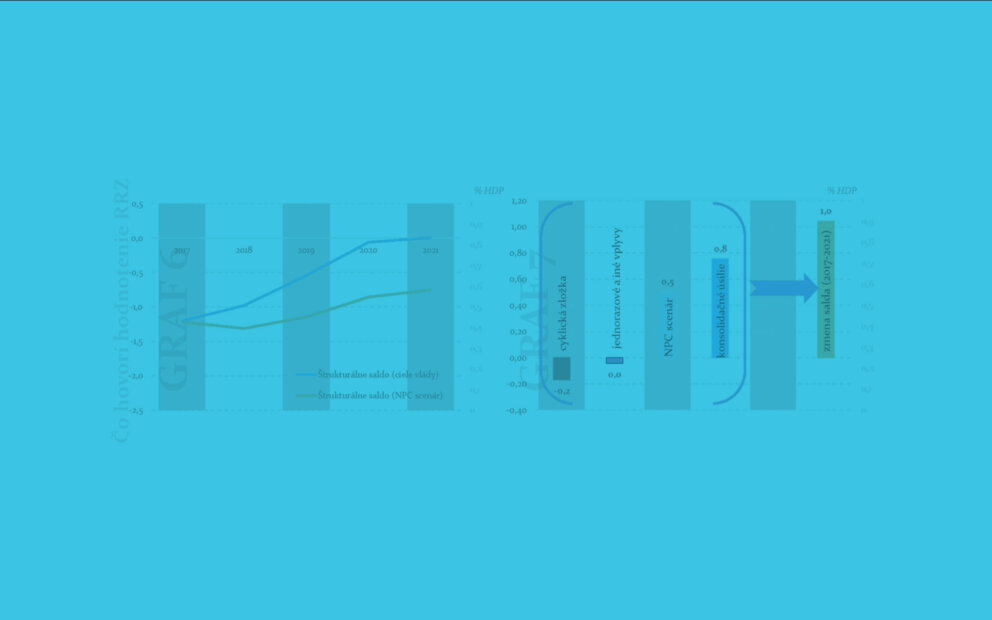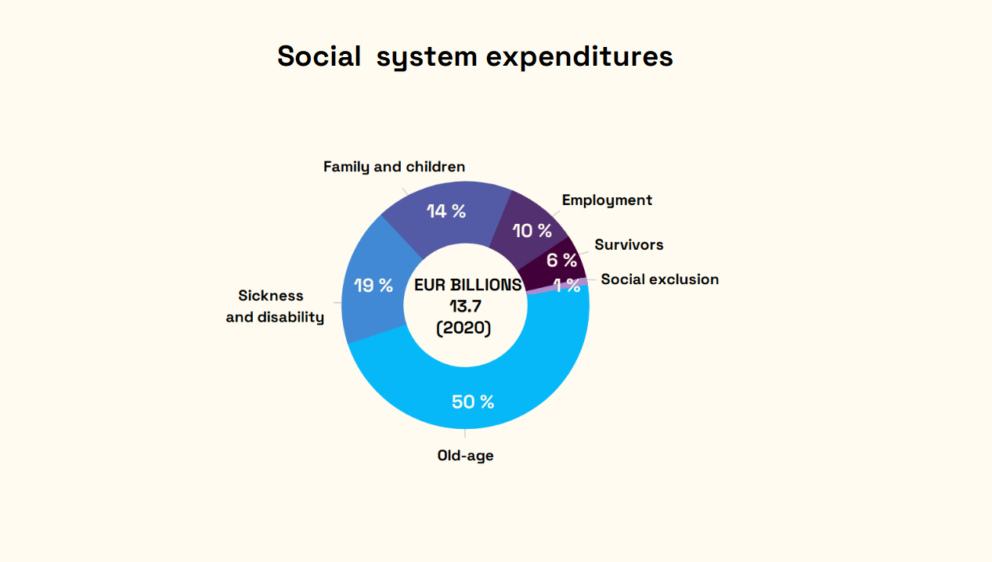The document should be using standard analytical tools and procedures based on the best practices applied by similar institutions worldwide. One of the purposes of this discussion paper is to encourage professional public to put forward their suggestions and comments.
The first part of the paper defines the sustainability concept and possible approaches towards it. The second part describes the approaches used by other independent fiscal institutions. The third defines the initial CBR methodology to be used in the first set of the long-term sustainability reports. The fourth part suggests a number of possible methodological improvements which, however, require the deepening of the underlying analytical approaches and better input data. This is why these improvements cannot be presented already in the first report. The final part summarises conclusions and describes the steps to follow.
The sustainability of public finances is a complex notion that needs to be analysed through different prisms. The Council for Budget Responsibility has decided to analyse long-term trends in public finances from four aspects: (1) solvency, (2) intergenerational equity, (3) growth, and (4) stability. Solvency expresses the extent to which the state is capable of fulfilling its long-term commitments. Intergenerational equity quantifies the impact of the measures taken on the individual age-segments of the population. The way in which the fiscal scenario feeds back into the macroeconomic development, including consequences of the taxation system changes, will be of particular importance to the impact-on-growth analyses. Stability is important in terms of ensuring the optimum spread of public revenues; moreover, it also expresses how changes in the main input parameters affect the results.
In its reports, the CBR will be presenting its views on both the stock and flow values. The ‘net worth’ features prominently among the stock values in that it captures both past and future effects. By the same token, it serves as a benchmark for public finance transparency. The summary long-term sustainability indicator quantifies the permanent changes in taxes and expenditures that are necessary to keep public debt in the next 50 years below the upper limit set by the law. The indicator is determined based on the calculation of the baseline scenario which simulates long-term trends without changes in existing policies.
The other useful analyses include, in particular, generational accounts, models of links between the fiscal and macroeconomic performance, and sensitivity analyses. A comprehensive picture of the condition of public finances can also be derived from various models of convergence of the Slovak economy, the cost-of-delay indicators, or more detailed analyses of contingent liabilities.
We believe that our long-term sustainability reports will bring useful information to both the expert community and public at large and become a default basis for decisions on areas such as budgets, the pension system and healthcare. The first report, which will primarily examine the aspect of solvency on the basis of flow values, will be published on 17 December 2013, and the second one by 30 April 2013.



